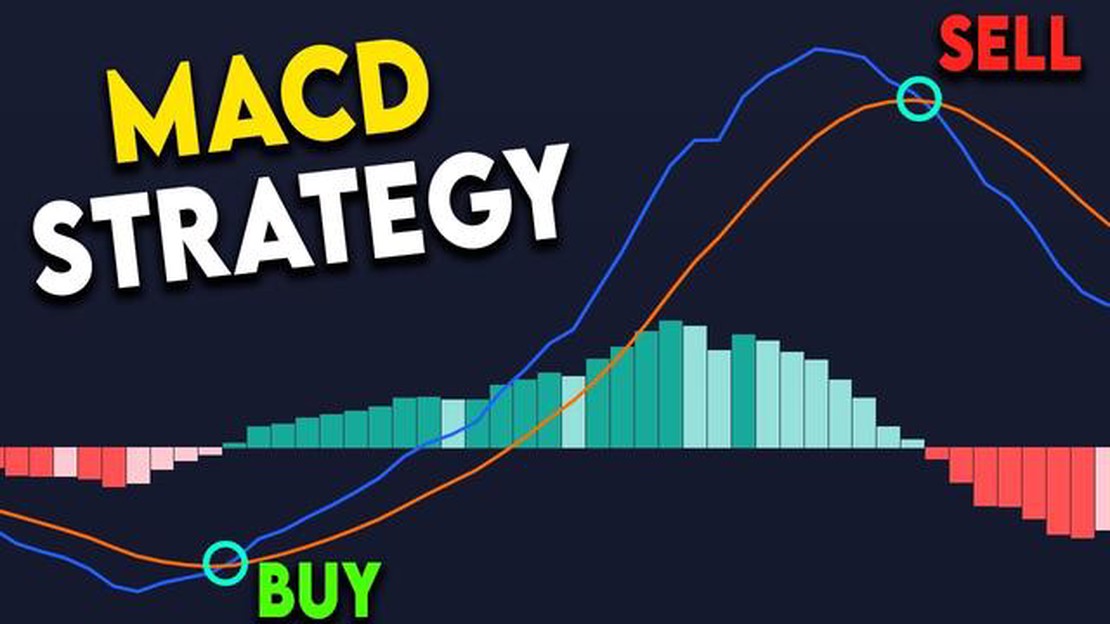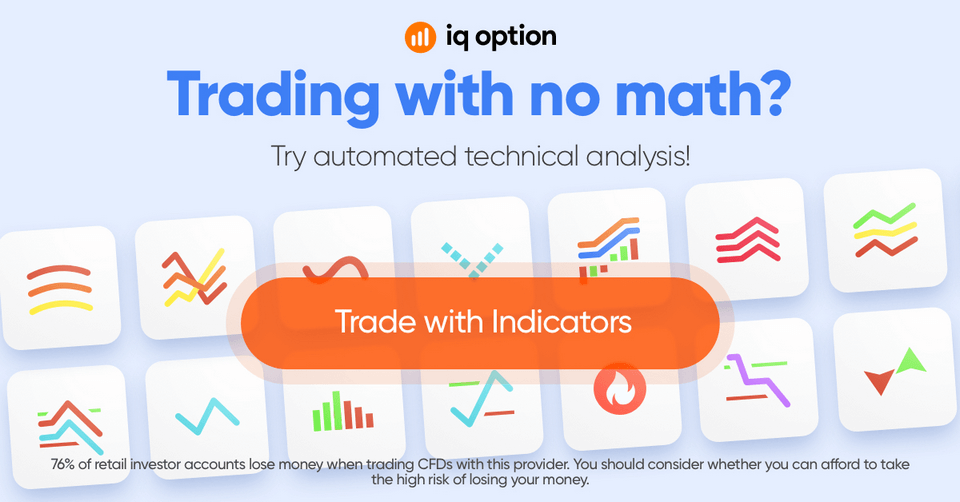Should You Trade During News Events? Pros and Cons Explained
Trading during news: Strategies and considerations Trading during news events can be both thrilling and risky. On one hand, it provides an opportunity …
Read Article
When it comes to trading in the financial markets, having the right indicators can make all the difference. Indicators are tools that traders use to analyze price movements and identify potential trading opportunities. With a plethora of indicators available, it can be overwhelming for traders to choose the most effective ones.
This comprehensive guide aims to help traders navigate the world of indicators and select the best ones for their trading strategies.
One important factor to consider when choosing an indicator is its reliability. Reliable indicators produce consistent and accurate signals, allowing traders to make informed decisions. Additionally, traders should assess whether the indicator aligns with their trading style and objectives.
Another crucial consideration is understanding how the indicator works. Traders must comprehend the underlying principles and calculations of an indicator to properly interpret its signals. Furthermore, traders should test the indicator on historical data and backtest it to verify its effectiveness.
In this guide, we will explore a range of popular indicators such as Moving Averages, Relative Strength Index (RSI), MACD, and Bollinger Bands. We will delve into their strengths, weaknesses, and the scenarios in which they perform best.
By the end of this guide, traders will have a solid understanding of different indicators and the factors to consider when choosing the most suitable ones. Armed with this knowledge, traders can enhance their trading strategies and increase their chances of success in the financial markets.
Indicators are essential tools for traders in analyzing market data and making informed trading decisions. They help traders identify trends, potential entry and exit points, and measure the strength of a market move. In this detailed overview, we will explore the different types of indicators commonly used by traders and understand their key characteristics.
 4. Volatility Indicators: These indicators measure the degree of price fluctuations in the market. Examples include Bollinger Bands, Average True Range (ATR), and Donchian Channels. Volatility indicators assist traders in identifying periods of high volatility, which can present trading opportunities.
5. Support and Resistance Indicators: These indicators help traders identify key levels of support and resistance. Examples include Pivot Points, Fibonacci retracements, and Ichimoku Cloud. Support and resistance indicators assist traders in determining potential price reversal or breakout levels.
6. Pattern Recognition Indicators: These indicators identify chart patterns that can signal potential market movements. Examples include Head and Shoulders, Double Tops and Bottoms, and Wedge Patterns. Pattern recognition indicators assist traders in anticipating market reversals or continuations based on historical price patterns.
4. Volatility Indicators: These indicators measure the degree of price fluctuations in the market. Examples include Bollinger Bands, Average True Range (ATR), and Donchian Channels. Volatility indicators assist traders in identifying periods of high volatility, which can present trading opportunities.
5. Support and Resistance Indicators: These indicators help traders identify key levels of support and resistance. Examples include Pivot Points, Fibonacci retracements, and Ichimoku Cloud. Support and resistance indicators assist traders in determining potential price reversal or breakout levels.
6. Pattern Recognition Indicators: These indicators identify chart patterns that can signal potential market movements. Examples include Head and Shoulders, Double Tops and Bottoms, and Wedge Patterns. Pattern recognition indicators assist traders in anticipating market reversals or continuations based on historical price patterns.
Read Also: Is PG a good option? Advantages and disadvantages of living in a PG
Understanding the characteristics and applications of different indicators is crucial for traders in developing effective trading strategies. It is important to note that no single indicator can guarantee profitable trades, as market conditions are dynamic and subject to change. Traders should combine multiple indicators and utilize them in conjunction with other analysis techniques to increase the probability of successful trading.
By gaining a comprehensive understanding of various indicators, traders can enhance their technical analysis skills and make more informed trading decisions. Continual learning and experimentation with different indicators are key in adapting to changing market conditions and improving trading performance.
When it comes to trading, indicators play a crucial role in helping traders make informed decisions. There are various types of indicators available, each with its own unique characteristics and purposes. In this section, we will explore some of the most commonly used indicators by traders.
Trending Indicators:
Trending indicators are designed to identify and confirm the presence of a trend in the market. These indicators are particularly useful for trend-following traders who aim to profit from long-term market movements. Some popular trending indicators include Moving Averages, Average Directional Index (ADX), and Ichimoku Cloud.
Oscillators:
Oscillators are indicators that help identify overbought or oversold conditions in the market. They oscillate within a specific range, indicating when a market is potentially overbought or oversold. Traders can use oscillators to identify potential reversal points in the market. Some widely used oscillators include Relative Strength Index (RSI), Stochastic Oscillator, and Moving Average Convergence Divergence (MACD).
Volume Indicators:
Read Also: Best Calendar Apps Compatible with Exchange: Top Choices for Improved Productivity
Volume indicators provide insights into the strength or weakness of a market trend by analyzing the trading volume. These indicators can help traders identify potential price reversals, as high volume often accompanies significant price movements. Popular volume indicators include Volume Weighted Average Price (VWAP), On-Balance Volume (OBV), and Chaikin Money Flow.
Volatility Indicators:
Volatility indicators measure the rate at which price moves in a market. They help traders identify periods of high or low volatility, which can be helpful in determining the best time to enter or exit trades. Common volatility indicators include Average True Range (ATR), Bollinger Bands, and Donchian Channels.
Sentiment Indicators:
Sentiment indicators measure the overall sentiment or mood of the market participants. They can provide insights into whether the market is bullish or bearish. These indicators are often used in combination with other indicators to confirm or validate the market direction. Some popular sentiment indicators include Put/Call Ratio, Commitment of Traders (COT) report, and Volatility Index (VIX).
Conclusion:
Understanding the different types of indicators is essential for traders to develop a well-rounded trading strategy. By combining various indicators from different categories, traders can gain a comprehensive view of the market and make better-informed trading decisions. It is important to note that no single indicator is foolproof, and it is recommended to use indicators in conjunction with other analysis methods and risk management techniques.
Choosing the right indicator is crucial because it can greatly impact a trader’s decision-making process and overall success. Indicators help traders analyze market trends, identify entry and exit points, and make informed trading decisions. By selecting the most suitable indicator, traders can enhance their chances of profitability and minimize potential risks.
There are numerous indicators used by traders, but some of the most popular ones include Moving Averages, Relative Strength Index (RSI), Bollinger Bands, and Stochastic Oscillator. These indicators provide valuable insights into market trends, price volatility, and overbought or oversold conditions, helping traders make informed decisions. It’s important for traders to understand how each indicator works and choose the ones that align with their trading strategies and goals.
The best indicator for traders varies depending on their trading style, goals, and preferences. Traders should start by evaluating their trading strategy and identifying the specific information they need to make informed decisions. They should then research and test different indicators to determine which ones align with their needs and provide the most accurate and reliable signals. It’s also advisable for traders to consider factors such as ease of use, compatibility with their trading platform, and the availability of historical data to ensure the indicator fits seamlessly into their trading routine.
Yes, there are risks associated with relying too heavily on indicators. Traders should remember that indicators are tools and not foolproof indicators of market movements. Over-reliance on indicators can lead to false signals and poor decision-making. It’s important for traders to use indicators in conjunction with other forms of analysis, such as fundamental analysis and market sentiment, to get a more comprehensive view of the market. Additionally, traders should continuously monitor and adjust their indicators to ensure their effectiveness in different market conditions.
Trading during news: Strategies and considerations Trading during news events can be both thrilling and risky. On one hand, it provides an opportunity …
Read ArticleUnderstanding the Strategy of Charles River Laboratories Charles River Laboratories is a renowned global organization that specializes in providing …
Read ArticleCan I Trade Options on Sunday? If you are interested in options trading, you may be wondering if you can trade options on Sundays. Options trading is …
Read ArticleHow to find the option symbol When trading options, it is important to know the option symbol for the specific stock you are interested in. The option …
Read ArticleHow to Join Forex in South Africa If you’re interested in trading forex and you’re based in South Africa, you’re in luck. The forex market is one of …
Read ArticleHow much money do I need to open an options trading account? If you are considering getting into options trading, one of the first questions that may …
Read Article